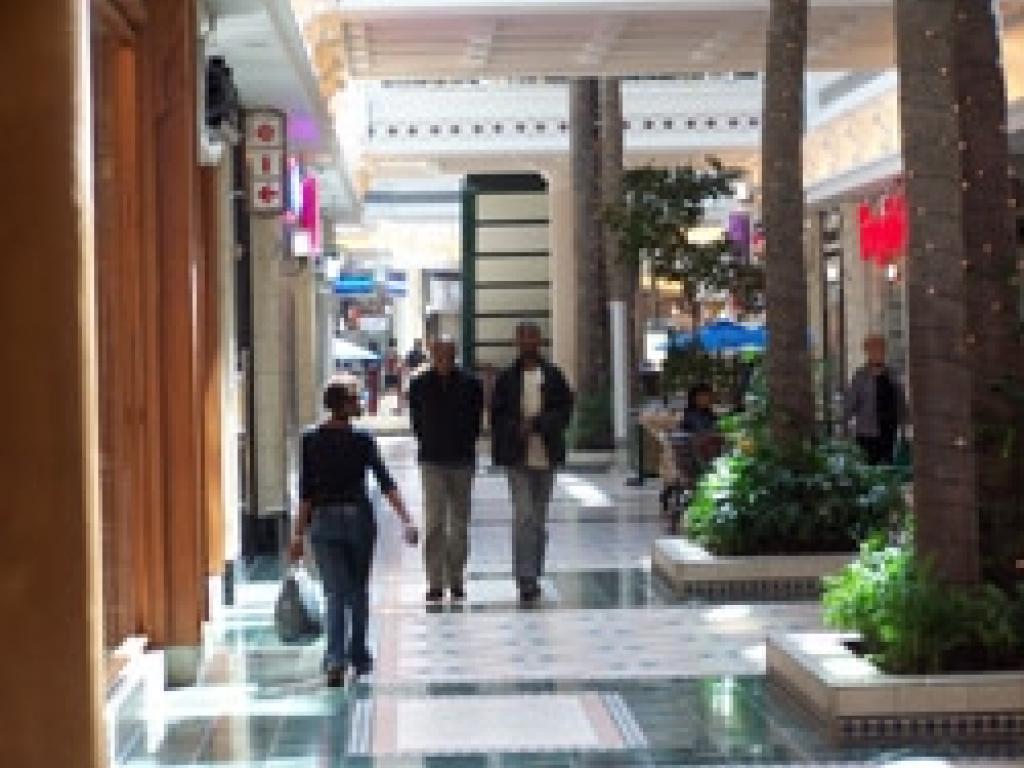Black Diamonds

At 33, Thabo Mkhize is unmarried, works hard and aspires big. He leaves for work at 6:30 a.m. and isn't back till 8:00 p.m. He bought his modest town house in 2006. With a 42-inch LCD TV, leather sofas and a modular kitchen, his Johannesburg house isn't plush but it is comfortable. He drives an Audi. The native from KwaZulu-Natal is the first in his family to get a college education, a government job, travel overseas and live a comfortable life. He is now educating his sister. "He has made all of us proud," his mom glows.
Mkhize is part of a growing black middle class in South Africa called Black Diamonds. They are a product of the South African government's Black Economic Empowerment (BEE) program that kicked in post 1994 after the end of the apartheid era. They form around 10% of the 22 million over-18-yearold black South Africans and contribute up to 40% of the spending in this group. This segment is growing rapidly. Figures at the end of 2008 show that their number was growing at 15%. "We have found them fairly resilient consumers amid recession," says John Simpson, co-founder and director, UCT Unilever Institute of Strategic Marketing.
